I have a website that runs HTTPS correctly in my local environment. When I upload it to AWS it just times out or redirects forever.
My setup in AWS is an Elastic Beanstalk application, an RDS database running MS SQL, I added a Load Balancer to forward the HTTPS requests, and I have a SSL certificate properly assigned to the Load Balancer. From all I can tell my app is running, in fact, Entity Framework fired off and correctly built my database in my RDS instance. I just can't reach the website through the internet.
I've tried setting the Listeners different ways. If I set them like this, it just redirects forever:

If I set them like this, it just times out:

I have the default HTTP/HTTPS port forwarding code in my Startup.cs:
public void ConfigureServices(IServiceCollection services)
{
// Sets all calls to require HTTPS: https://learn.microsoft.com/en-us/aspnet/core/security/enforcing-ssl
services.Configure<MvcOptions>(options =>
{
options.Filters.Add(new RequireHttpsAttribute());
});
...
}
public void Configure(IApplicationBuilder app, IHostingEnvironment env, ILoggerFactory loggerFactory)
{
// Force all HTTP requests to redirect to HTTPS: https://learn.microsoft.com/en-us/aspnet/core/security/enforcing-ssl
var options = new RewriteOptions().AddRedirectToHttps();
app.UseRewriter(options);
...
app.UseForwardedHeaders(new ForwardedHeadersOptions
{
ForwardedHeaders = ForwardedHeaders.XForwardedFor |
ForwardedHeaders.XForwardedProto
});
...
}
I've spent days on this and I can't get it to work. I've tried taking all of my HTTPS code out and that doesn't work. I've tried code solutions from blogs like this and this and that doesn't work either. From what I've read, the Load Balancer ends up handling the HTTPS request and then forwards an HTTP request to my app. But I don't know how to properly handle that, still enforce HTTPS, and redirect HTTP to HTTPS.
This seems like it would be something that would just work out of the box without a bunch of setup from me. If it's not, I would think a lot of other people would have run into this problem by now and there'd be info about it on the internet. Am I missing something small? Because I'm totally at my wit's end about it.
If you can answer this, you'll be my new hero.
